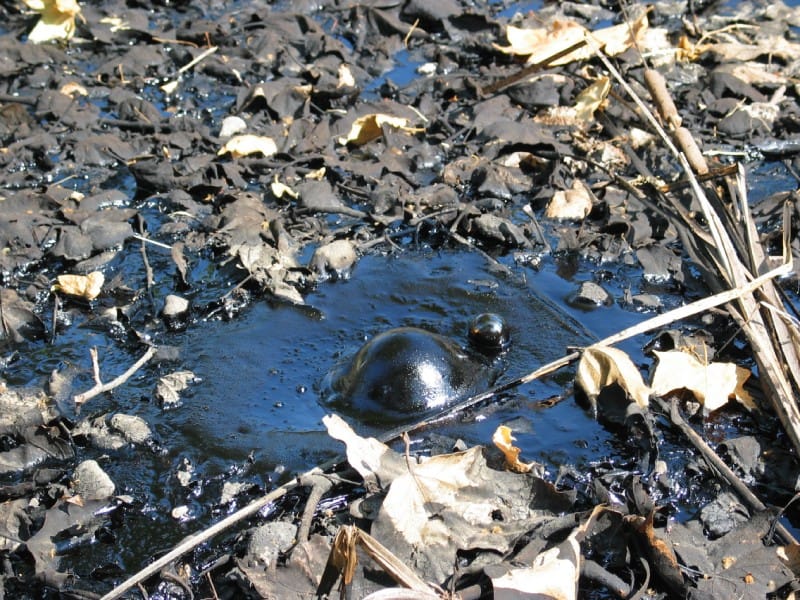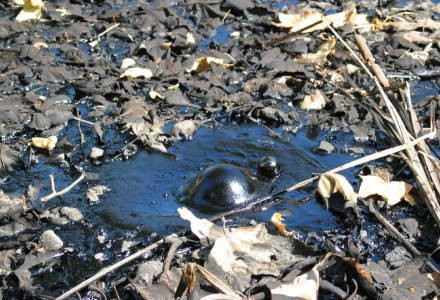
La Brea Tar Pits Facts
- The La Brea Tar Pits ranks as an extraordinary and unique geological feature. Incredible as it may sound, they lie within a major metropolitan area in the United States.
- The ancient Native American tribes indigenous to the area knew these well. The Chumash and Tongva tribes used the naturally occurring tar to seal their canoes.
- Over time, countless animals fell prey to the La Brea Tar Pits. Humans subsequently excavated many of those remains, along with preserved specimens of numerous plants and insects. This incredible site, therefore, provides an unparalleled sample of prehistoric life.
- The oldest remains thus far excavated here date back more than 38,000 years. This location indeed serves as a naturally occurring time capsule.
La Brea Tar Pits Composition and Formation
Even though it remains impossible to determine the exact age of the La Brea Tar Pits, evidence shows their age to be at least 40,000 years.
The pits primarily formed from a heavy fraction of oil, and gilsonite. As it seeps to the surface, it cools into variously sized mounds. In many sites, the viscous liquid is quite often (in a seemingly other-worldly manner) bubbling. In fact, this impressively results from naturally occurring methane rising to the surface.
Bacteria living deep within the oil actually generate the methane. Perhaps at least 300 forms of these live within the pits and many of them exist nowhere else on Earth.
Photographer: Leviclancy
Public Domain Image
La Brea Tar Pits Today
Today, the La Brea Tar Pits serve as both a tourist attraction and a source of ongoing scientific research. They sit within the confines of Hancock Park, which is itself located within the city of Los Angeles.

